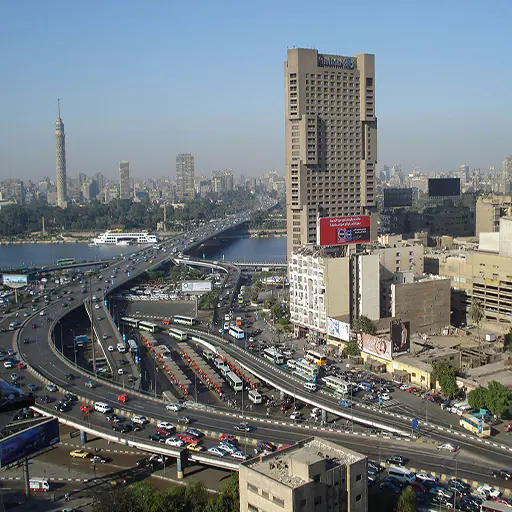King Ramesses III
He is the second king of the Twentieth Dynasty in ancient Egypt, and he is the last great king in the New Kingdom. He is known as Ramesses III, and his father is “Set Nakhty” and his mother is Queen “Te Meres-nis”.
King Ramesses III has two main names and are written in Arabic as follows – and secret – Maat-Ra-Meri-Amen, Ra-MS-S-Hekaa-Aflu, which means the strong Maat of Ra, beloved of Amun, bearer of Ra, ruler of On, married to Queen Isis, and it is believed that he ruled from 1186 to 1155 BC, and he also witnessed a period During his rule, Egyptian political and economic power declined, due to a series of invasions and internal economic problems that also plagued his predecessors.
King Ramesses III’s internal policy:
During his thirty years in power, King Ramesses III continued to continue what his father had begun previously. After the death of his father, “Set Nakhte,” chaos spread until King Ramesses III organized the affairs of the country by reorganizing the administration, signing peace agreements, and restoring worship to its normal state. In order to eliminate the corruption that took hold in the state and spread throughout it, King Ramesses III divided the administrative division in his own way into classes such as court officials, governorate officials, the military, and workers.
The Egyptian economy was suffering during that period, but the Egyptian economy quickly recovered thanks to the taxes coming from the Nubian cities. And Asian. Likewise, foreign trade trips flourished, bringing with them elegant and expensive products such as aloes and incense, which were popular with Egyptians. With these measures, King Ramesses III succeeded in imposing his style and control in Egypt.
King Ramesses III’s foreign policy:
During the reign of King Ramses III, the Hittite state, the fragile emirates, and less important entities disappeared, as Ramesses III focused on restoring Egyptian hegemony in the state’s foreign policy.
At the beginning of the rule of King Ramesses III, the number of immigrants to the Nile Delta in Egypt increased in order to search for a better life. In the eighth year of the rule of King Ramesses III, the Sea Peoples invaded Egypt by land and sea, but King Ramesses III defeated them in two battles, one on land and the other. freely, and after several skirmishes and consultations, the Sea Peoples were completely defeated.
There were also dangers from the western side of the Libyan border after they knew that the Libyan army was keen to settle in Egypt in the city of Memphis, which witnessed the victory of King Ramesses III over them.
A large number of them were captured and brought as slaves to the temples. They then entered Libya, defeated the Libyan forces, and took control of Libya.
Battles of King Ramesses III:
The Battle of Daji, as during his reign King Ramesses III renewed the dangers of the Sea Peoples who attacked Egypt, but King Ramesses III was able to defeat their land forces at the city of Rafah and defeated their large ships at the mouth of the Western Nile, thus he was able to remove a great danger, and the Battle of Dalha, where the Libyans aspired to They seized Egypt during the reign of King Ramesses III and defeated them near Wadi El-Natroun.
The first Harris Papyrus (grants and missions):
He ordered his son and chosen successor, King Ramesses IV, to write it. It was also recorded that the king sent a trade mission to the country of Punt and extracted copper from its mines in Timna in southern Canaan.
Most notably, King Ramesses III began rebuilding the Temple of Khonsu in Karnak.
Constructions of King Ramesses III:
He issued orders to build important extensions to the temples in Luxor and Karnak, as well as the funerary temple and the administrative complex in Medinet Habu. The complex working in the royal tombs is located in what is known as Deir el-Medina.
Three strikes developed during the reign of King Ramesses III. These strikes were the first documented in human history, and some of them are in a papyrus currently preserved in the Egyptian Museum in Turin. These strikes appeared due to the delay in food rations that were part of the workers’ salaries, as the workers endured more than twenty One day, without receiving food rations because the ruler of the city of Thebes and the East and his followers intercepted the shipment before it reached them.
The death of King Ramesses III:
An expert director of the Antiquities Museum and the Library of Alexandria stated that King Ramesses III had a second wife named “T” who carried out a conspiracy against the life of the Pharaoh, which was mentioned in the Qur’anic texts, and it is one of the few times that texts talk about something like this.
The conspiracy is known as the harem conspiracy, and a number of people participated in the conspiracy. From the harem of the royal palace and some court brats, guards, and servants, the goal of these conspirators was not known. Dr. Hussein Abdel Basir explained that King Ramesses III had already been assassinated and the conspiracy was exposed. The court sentenced the accused to sentences ranging from death or suicide, flogging, imprisonment, cutting off the nose, deafening, and acquittal, both according to For his role and crime in that conspiracy, it was mentioned that he was actually assassinated and the conspiracy carried out by the harem to assassinate King Ramesses III succeeded.
King Ramesses III’s neck was cut from behind with a sharp knife, and his mummy is unknown.
It was indicated that the cause of death was the capsizing of the royal boat, which confirms the veracity of the rhetorical methods used in the conspiracy against King Ramesses III. We did not know the fate of Queen T, who hatched a plot to kill her husband, making her life dishonorable, all for the sake of the struggle for the throne.
Egypt Tours to The Monuments Built by King Ramesses III
-
From $1575 🎗 10% OFFAswan, Cairo, Egypt, Luxor

 Sale! Add to cart
7 Days Deluxe Nile cruise + Domestic Flights
Sale! Add to cart
7 Days Deluxe Nile cruise + Domestic Flights7 Days Tour To Egypt with Cairo, Aswan, Luxor, and Nile Cruise
Rated 5.00 out of 5Cairo and Luxor Tour Packages7-Days Tour To Egypt with Cairo, Aswan, Luxor, and Nile Cruise Egypt Cruis Era provides you with a 7 days tour to Egypt that covers the essentials of Cairo, Aswan, Luxo -
From $1134 🎗 10% OFFCairo, Egypt, Luxor

 Sale! Add to cart
6 Days Air-conditioned van + Sleeping Train
Sale! Add to cart
6 Days Air-conditioned van + Sleeping Train6 Days Egypt Tour Package To Cairo and Luxor with Train
Rated 5.00 out of 5Cairo and Luxor Tour Packages6 Days Egypt Tour Package To Cairo and Luxor with Train Our 6 Days Egypt Tour Package To Cairo and Luxor with Train is your opportunity to Enjoy the best Egypt tours whil -
From $1386 🎗 10% OFFAlexandria, Cairo, Luxor
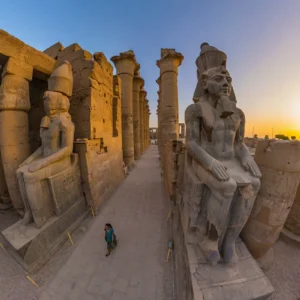
 Sale! Add to cart
6 Days Deluxe Nile cruise + Domestic FlightsWhat to bring with you? A trip to Egypt takes you to a mystical destination where you can di
Sale! Add to cart
6 Days Deluxe Nile cruise + Domestic FlightsWhat to bring with you? A trip to Egypt takes you to a mystical destination where you can di -
From $1449 🎗 10% OFFCairo, Hurghada, Luxor
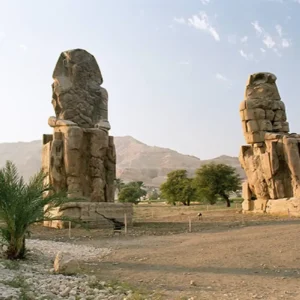
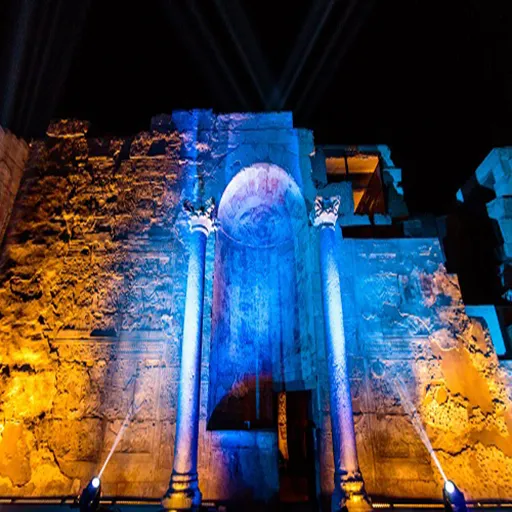 Sale! Add to cart
6 Days Deluxe Nile cruise + Domestic FlightsWhy you’ll love this trip: Enjoy this amazing package, give yourself a chance to visit the great historical sites of Egypt. Relax for few
Sale! Add to cart
6 Days Deluxe Nile cruise + Domestic FlightsWhy you’ll love this trip: Enjoy this amazing package, give yourself a chance to visit the great historical sites of Egypt. Relax for few -
Why you’ll love this trip: Explore all that Luxor has to offer on this comprehensive 2-day tour of the area. Visit key landmarks like the Valley of the
-
From $1764 🎗 10% OFFAbu Simbel, Aswan, Cairo, Egypt, Luxor
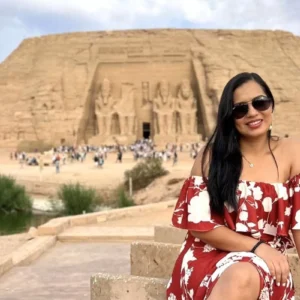
 Sale! Add to cart
8 Days Deluxe Nile cruise + Domestic Flights
Sale! Add to cart
8 Days Deluxe Nile cruise + Domestic Flights8 Days Egypt Tour with Pyramids, Nile Cruise and Abu Simbel
Rated 5.00 out of 5Cairo and Abu Simbel Tour packages8 Days Egypt Tour with Pyramids, Nile Cruise and Abu Simbel Egypt’s fascinating history will immerse you in 5000 years of narrative in just 8 days, beginning with t


